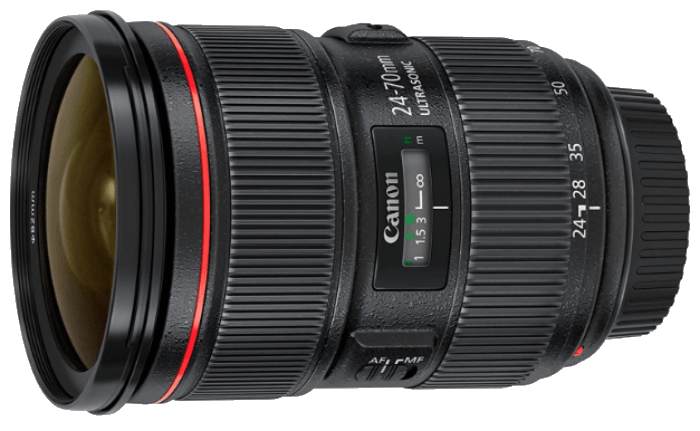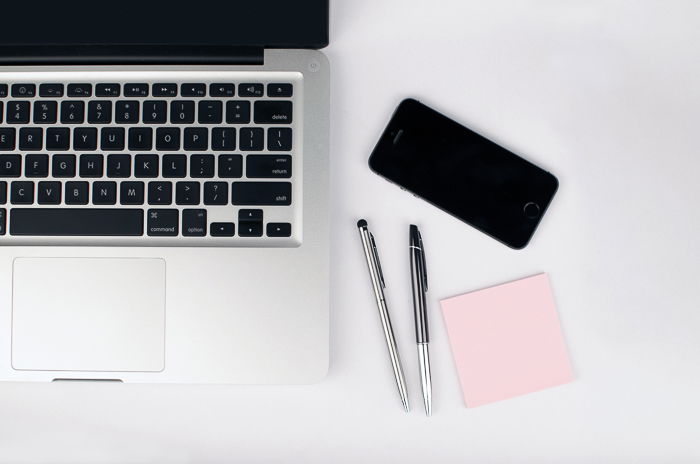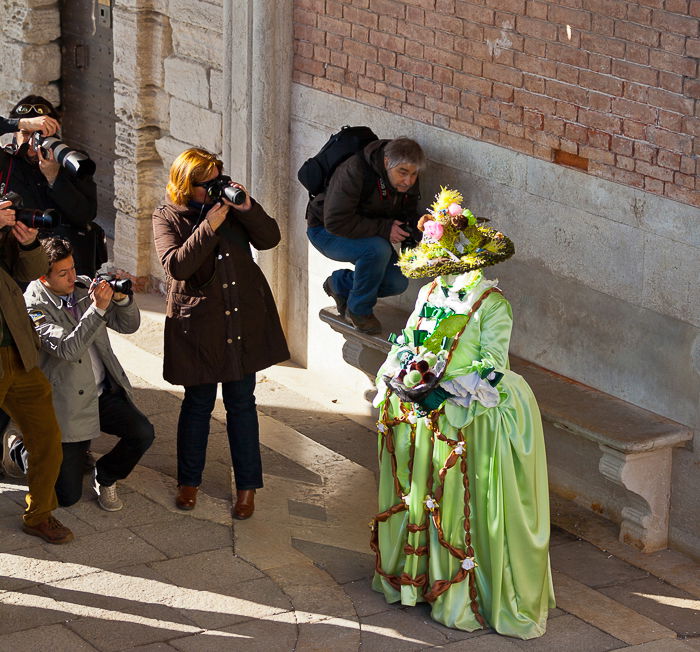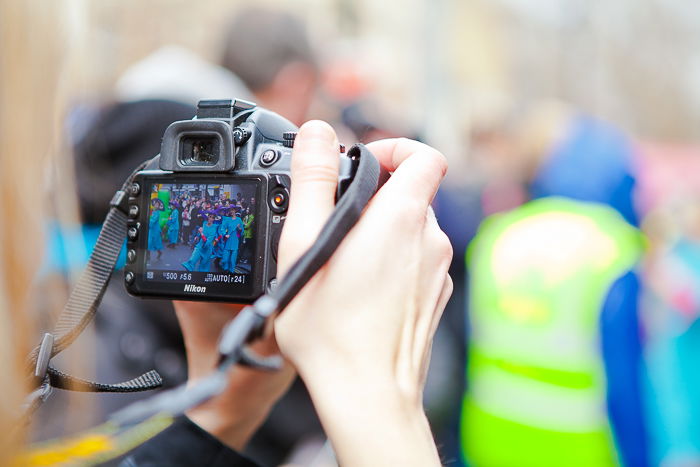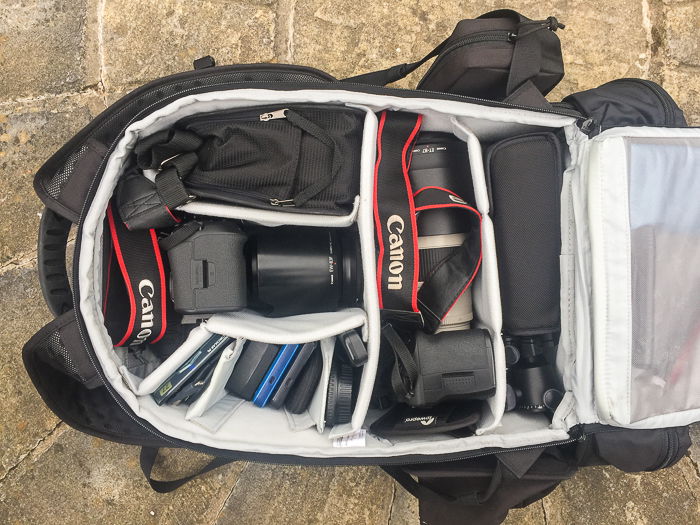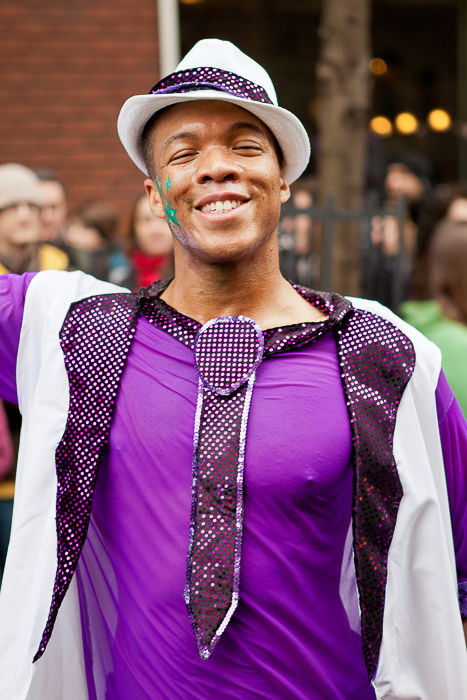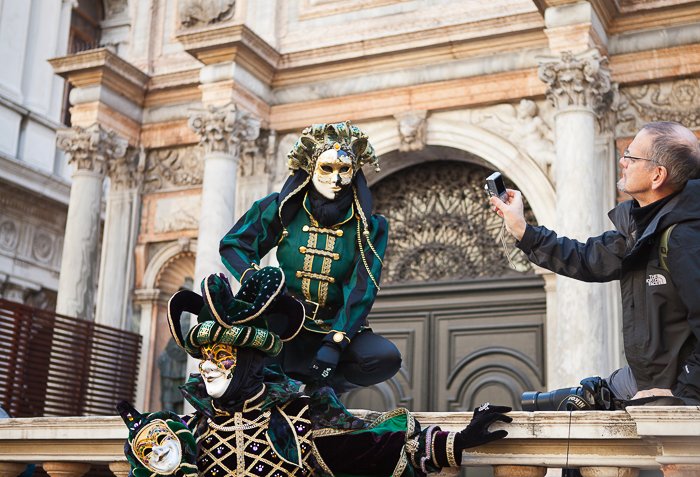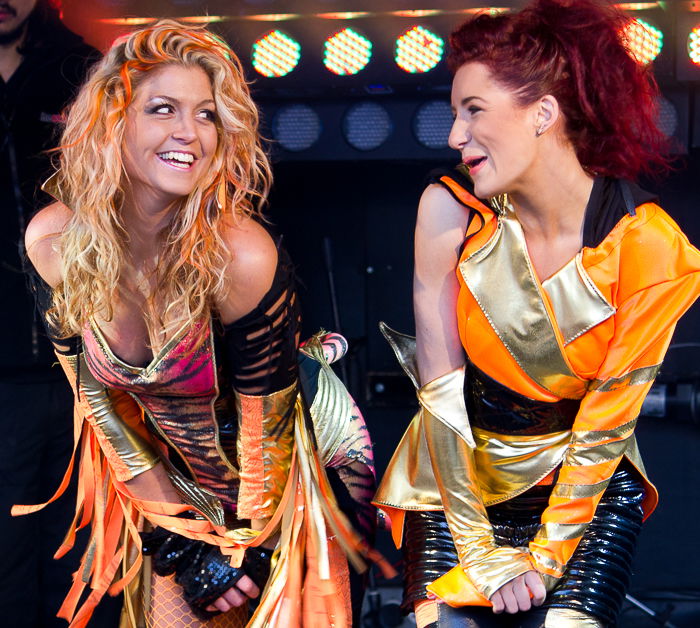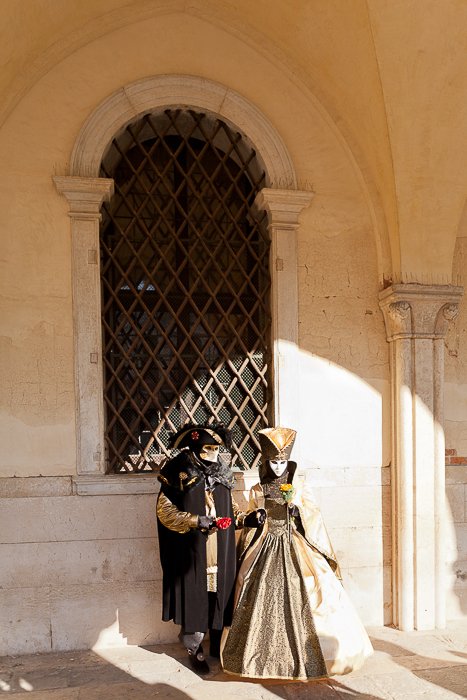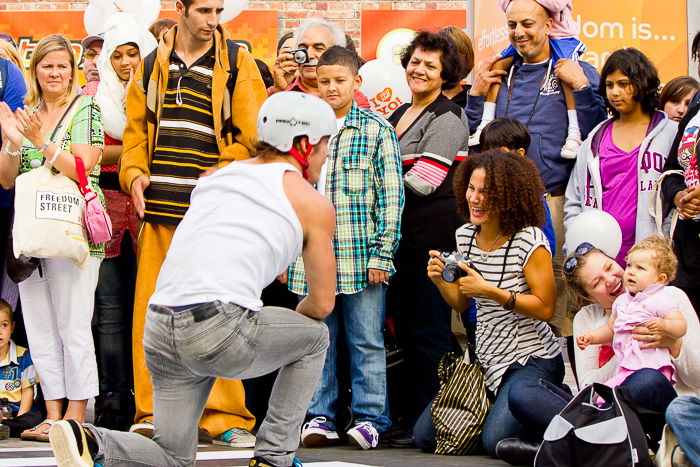How to Prepare for Carnival Photography
As with any type of photography, preparation is vital. For event or carnival photography it is even more important to start planning and researching early. If I’m heading somewhere for an event, I would start my preparation around 1 year before. Not only will you ensure you can get the best accommodation, but also if the event requires tickets they might sell out months in advance. It will also allow you time to read up on the history or customs of the event which can help you capture shots that others might not know about. The more you know and understand, the better your photos are likely to be.
Why You Should Practice Beforehand
One of the biggest challenges of capturing great carnival photographs is sharpness. You will often find that everything is moving and sometimes at fast speeds. So to capture photos which are not blurred but also composed well takes skill. So if you are not confident in being able to change settings or capturing sharp photos, make sure you practice beforehand. Like any other skill, you can improve your photography by practising. Head out to a local event near you and practice taking photos. Check the results and see what you could have done better. You will find that you will learn more from your mistakes in photography than your successes. For example, if the event you are going to be attending is at night or inside you will need to know about low light photography or even night photography. These conditions can be incredibly tough to photograph moving things handheld. So you need to learn and practice what to do. [ExpertPhotography is supported by readers. Product links on ExpertPhotography are referral links. If you use one of these and buy something we make a little bit of money. Need more info? See how it all works here.]
How to Pack Only What You Need
One piece of advice that most photographers will give you is to pack light for event photography. Too much equipment will mean a big bag which can be cumbersome and get in the way. But it’s vital that you have everything you will need with you as well. The list of equipment that you need will come down to your preparation and research. For example, for long exposure photography, you will need a tripod. Or if you are planning to capture portraits you may need a flash. It’s also worth taking two cameras with you when photographing events. One fitted with a wide-angle lens and another with a telephoto lens. Unlike landscape or even street photography where you may have time to change lenses, during carnival photography you won’t have time. So having two cameras will mean you are ready to use either at any moment. The two things that you will definitely need are memory cards and batteries so take plenty of both. My basic list of equipment for an event or carnival photography will be:
A camera fitted with a 24-70mm lens A camera fitted with a 70-200mm lens Speedlite flash Minimum of 4 to 5 batteries At least one 16 gb or 32 gb memory card for every day I’m there
Besides these, if the carnival photoshoot involves low light photography or night photography, I will pack a tripod as well. I also take a small gorilla pod (useful for when tripods are not allowed). This is my basic equipment list but I will add to this accordingly if I need extra lenses or things like filters.
Scout the Location for Better Images
Often knowing where to be during events is the difference between capturing a great photo and missing the action. So once you have done your research and have a rough idea of where you want to be, check out the location before the event. You need to make sure that you have a good view that isn’t obstructed. Try to imagine what it will be like with thousands of people around you and if you can foresee any issues. If you can, speak to locals to find out if they have any insider tips. Once you have your chosen location (or locations) try to arrive early to secure the best spot. You might end up having to wait for a while, but it will be better than missing the action.
How to Isolate Your Subject
The way you compose and frame your shot is very important for all event photography. Because your subject will often be surrounded by crowds or other elements, it’s easy for them to get lost amongst everything else. The best way to ensure your subject stands out is by trying to isolate it in your image. This draws the viewer’s eyes. There are a few different ways you can do this:
Use a large aperture – by using a large aperture you create a shallower depth of field. In other words, you can photograph a person and keep them sharp whilst the background is blurred. This will help them stand out from the crowd. The key is to make sure that they are in focus. If there is even a slight blur then the image won’t work against a blurred background. Simple background – another way to isolate your subject is to frame your shot in a way in which the background is clear of distracting elements. For example, if you are photographing a person you can ask them to move into a position where they are standing against a wall. Try to use a simple, and neutral color background that doesn’t distract from the subject. Use post-production – it’s always better to try and capture images correctly when taking the photo. But if that hasn’t worked, you can always do this in post-production. For example, by blurring the background of your subject in Photoshop, you can replicate a shallower depth of field. Or even using different brightness, contrast or saturation levels can also help isolate your subject.
It will take some practice but eventually, you will quickly assess the situation and make the decision on how best to isolate your subject.
Why You Should Try Wide Angle Shots Too
Whilst getting close-ups are always great, don’t forget about the wide angle shots. These can help give context to the image and often tell a much more intriguing story. This can be by photographing the event from an elevated position to capture the enormity of it. Or it could be by creating a carnival photoshoot in that you direct your model into a position to create a scenario. Sometimes it might not be possible but if you can capture these types of shots, it will help give your collection variety.
How to Use Burst Mode for Carnival Photos
A good setting to use for event photography is burst mode. This is when your camera blasts off multiple frames in a second. On a good DSLR and depending on your settings this can be anything between 10-15 frames per second. The great benefit of this is that you are more likely to capture the perfect moment. Trying to catch someone when they are moving around at the perfect time with one shot will need a lot of luck and the reactions of a fighter pilot. By using burst mode you can select the perfect moment when for example the person’s eyes are open and they are smiling. But beware that using burst mode can mean your memory card filling up fast, so make sure you have spares. Depending on the event I might use as many as three 32 gb memory cards per day!
How to Work With the Light
Another element that is vital to any photo is light. Unlike other genres of photography where you often have time to wait for the perfect light, event photography can be reactionary. You need to understand and learn how to utilise the available light in the best way possible. For example, a light source from behind your subject can make it difficult to expose your image correctly. You’ll find that your sky will be too bright if you expose for the subject. Or if you are taking a portrait in the midday sun you may find that the person’s face has shadows across it. In this scenario, you may want to use a flash to fill in the dark areas (known as “fill-in flash“). The key is to know about these conditions and know what to do. So if you struggle with being able to capture images in a certain light, learn about the different techniques and ways that you can solve the problem. Then practice these until you are comfortable using them.
Don’t Forget the Crowds
It’s easy to get carried away during carnival photography and just photograph the carnival itself. Sometimes some of the most candid shots are actually of the crowd that attends. Look for interesting people or unique moments. Things like the interaction between performers and spectators can look great. Try to capture people’s reactions when they see something amazing. These types of shots will help give a much more complete view of the festival or event.
Safety Tip: Watch Your Belongings
Needless to say that crowds also mean more potential risks when it comes to pickpockets or thieves. But there is also the danger of other people accidentally damaging your equipment. Try to keep your equipment in front of you and don’t ever leave things unattended. If you are setting up a tripod keep a hold of your camera strap in case it gets knocked over. Depending on the event, you may also need to protect your camera against things like water. For example at festivals such as Songkran in Thailand or the Holy Festival in India, you’ll need to protect your camera with something like a plastic bag. A good carnival photo has the power to capture the viewer’s attention. It can even inspire people to go to it and sometimes highlight an event that your everyday tourist won’t be able to get to. But this type of photography is challenging and will take practice to perfect. If you can become good at it though, your photos will stand out in any portfolio.
